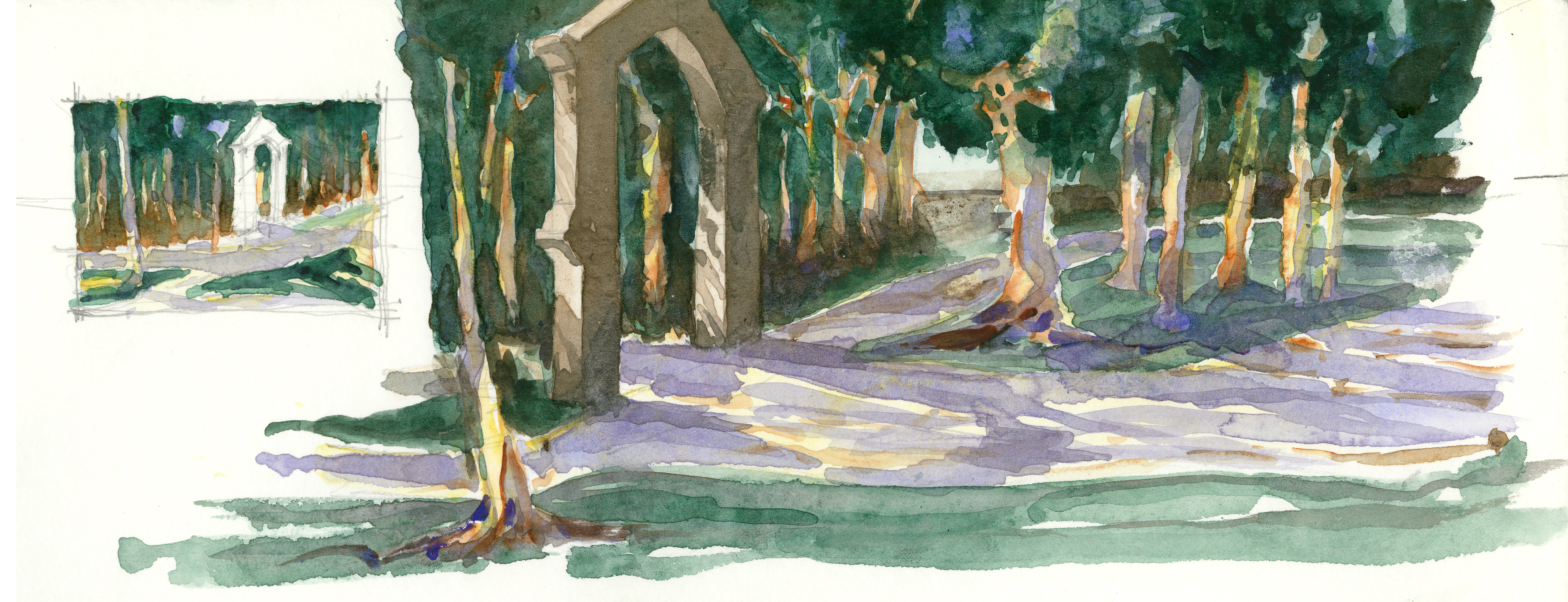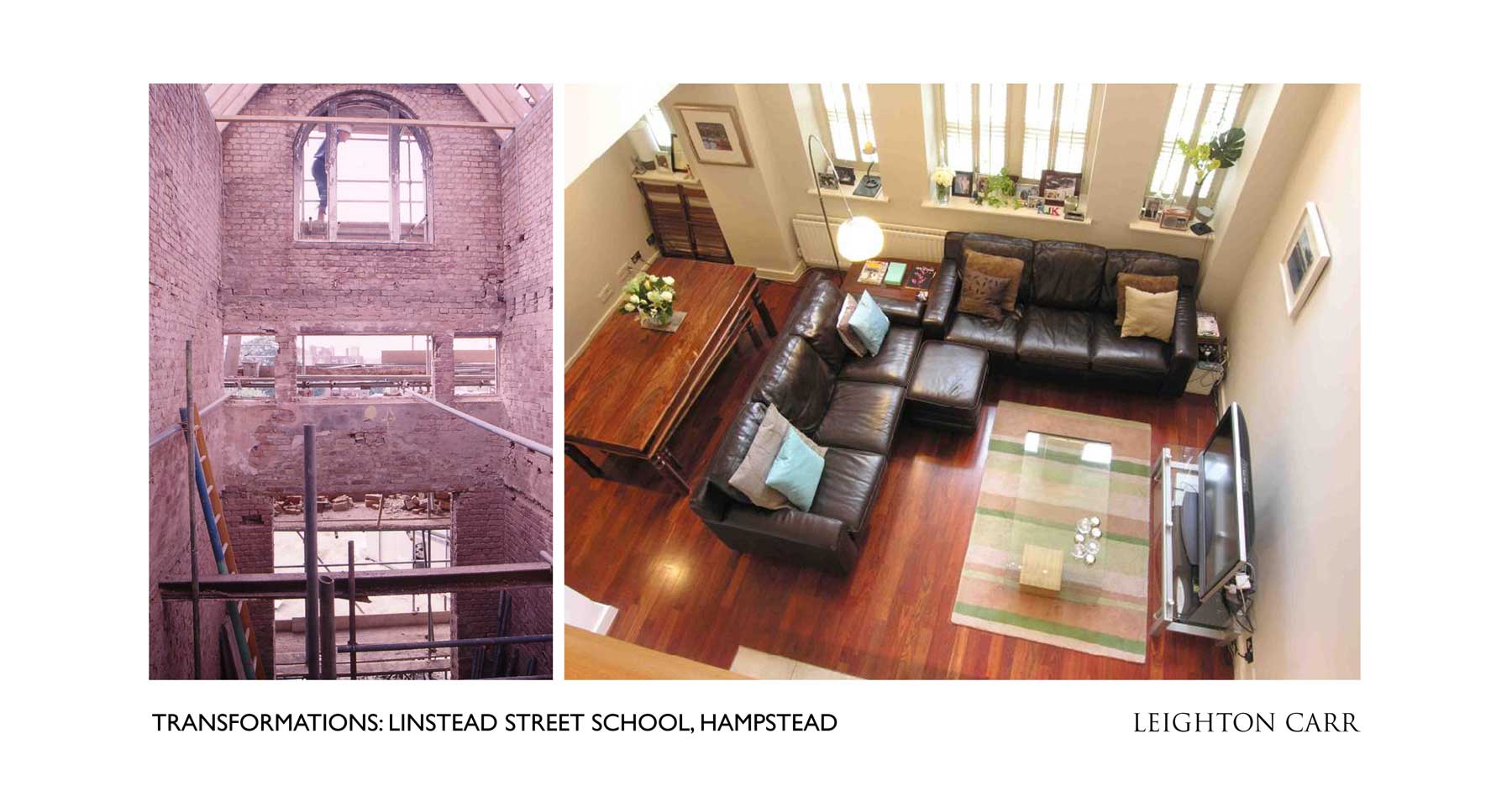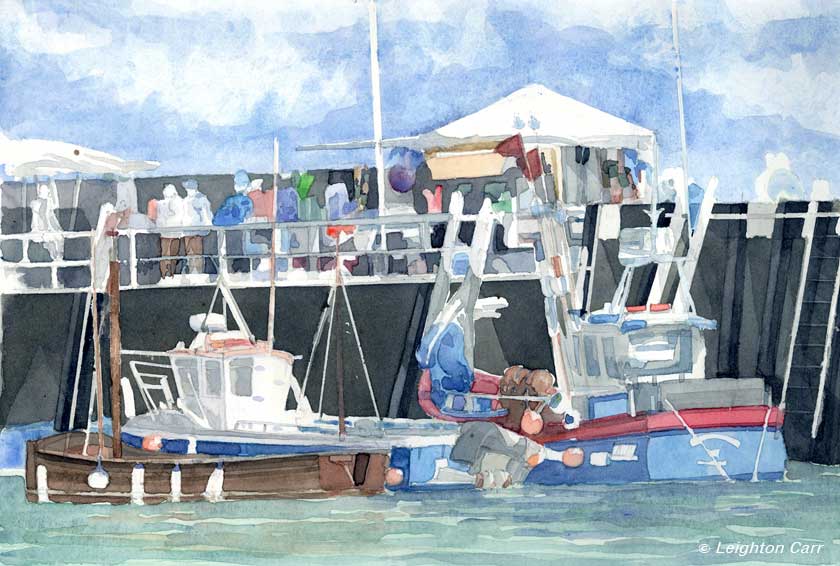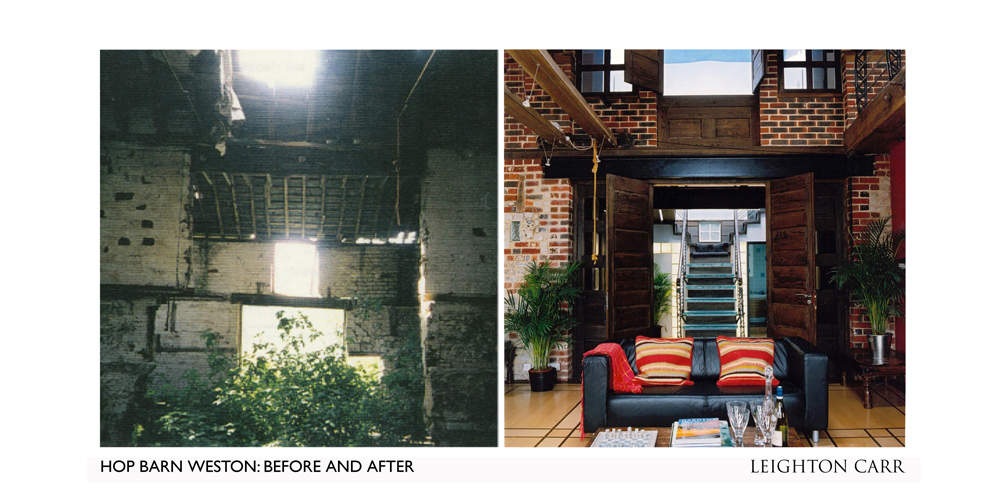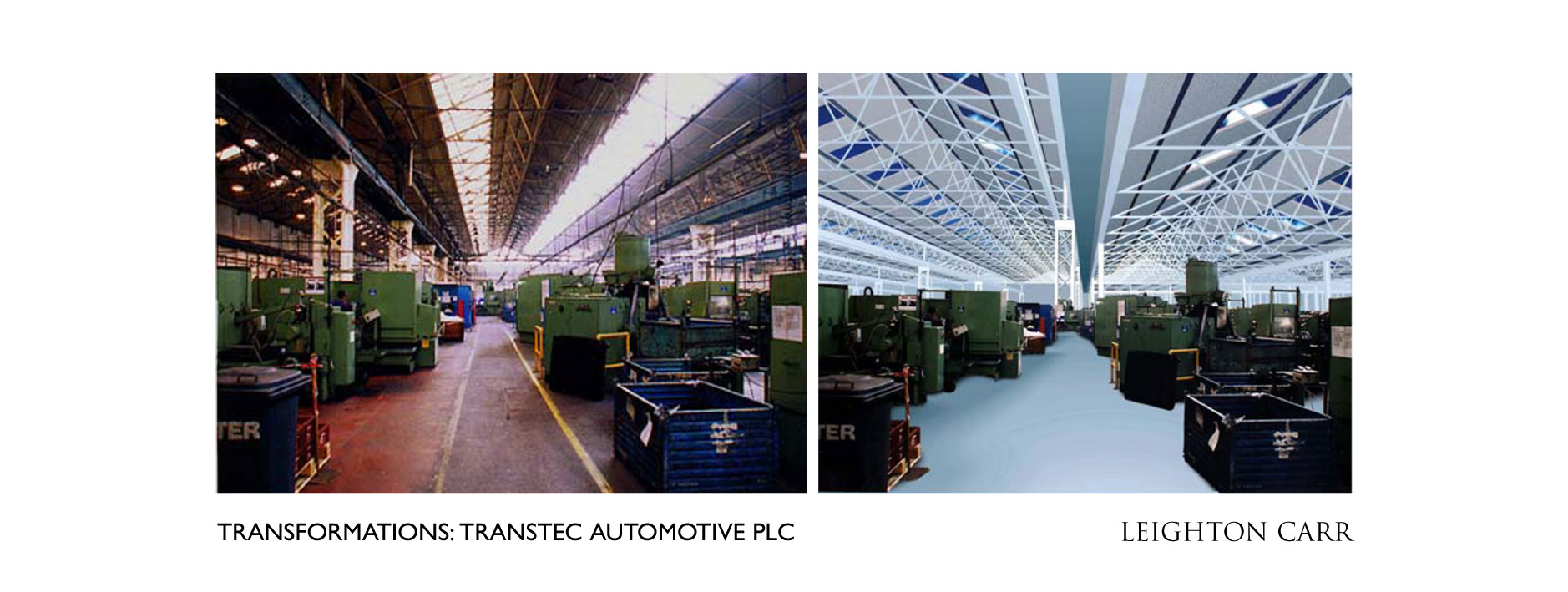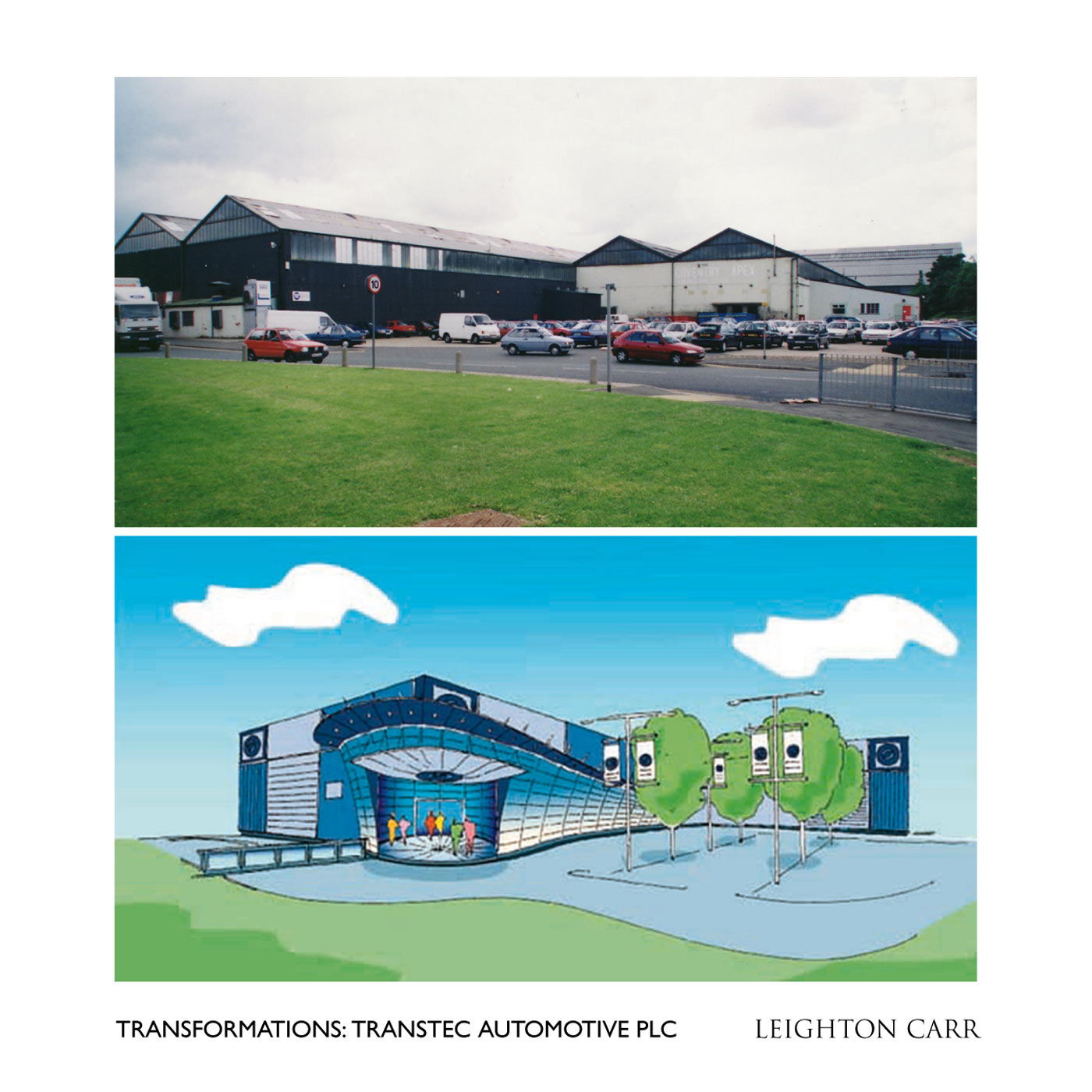Set back from pavement on the road that connects the main student accommodation district to the university teaching campus is a small bistro with a front courtyard. The internal bar and rooms and the courtyard are on a slightly lower level than the pavement, which gives it a secluded feel even though it’s on one of the busiest streets in town. I knew it thirty years ago when it used to be called the Tapas Bar, because it served … tapas. And Beer. Both of which I enjoyed as a student.\r\n\r\nIt isn’t called the Tapas Bar anymore, it’s called The Town House, although it still sells tapas and beer.\r\n\r\nTo be more precise, it has the name The Town House on the sign board, although we still call it the Tapas Bar. If ever we want to go there we say, “let’s go to the Tapas Bar.”\r\n\r\nThat’s because it has changed management and names so often that we couldn’t keep up. We all knew it as the Tapas Bar before, so the Tapas Bar it remains.\r\n\r\nOf course this raises an underlying truth about the Tapas Bar (or The Town House) . ‘Under New Management’ may be a statement of fact, but it is never a statement of radical action. Whether or not the new owners ever thought they could really change it, they were never able to other than tinkering with decor and fittings and furniture.\r\n\r\nThis was due I suspect to the fragile balance of the enterprise which goes something like this: change alienates the regulars but attracts new customers; but the regulars leave faster than new customers arrive and settle down to become regulars; this net loss of people jeopardises sustainability.\r\n\r\nConclusion: the formula works as it is, so tinker if you like, but don’t change the essentials unless you want to close up shop due to lack of support.\r\n\r\nThe real problem of course is that customers are fickle. They don’t need to go, and might as well go somewhere else if they aren’t getting what they want. It’s their power that counts. Bums on seats.\r\n\r\nI know churches like that.
Category: CREATIVITY
St Judes
Retreat on St Honorat (1)
Transformation: Linstead Street School, Hampstead
Catalyst
Most church outreach activities are not catalysts for growth. We think they are.\r\n\r\nWhen we create ‘messy church’ for example, we are hoping that by providing a new kind of church service to accommodate families we will create the essential catalyst for church growth through families.\r\n\r\nIt will not.\r\n\r\nWe have created something good, to be sure, and it has great opportunity to grow, but in itself it is not a catalyst for growth. In fact, in a church with limited resources, especially limited numbers of competent leaders, many new initiatives will become regular events that use up valuable resources.\r\n\r\nThe catalyst for church growth is the gospel empowered by the Spirit. It is the Spirit who brings life, not the church, and certainly not a new format.\r\n\r\nIn fact, the model for growth is not the first church, but it is first the resurrection.
Summer, Deal, Kent
American Prints
I’ve come to realise relatively recently (or rather I had forgotten from a long time ago) that a beautiful image gives me a great, uplifting, bursting joy somewhere in my chest. It happened for the first time in years in February whilst staring for fifteen minutes at Canellettos ‘Grand Canal’ in the National Gallery. It happened again watching Ben Johnson actually painting his magnificently detailed and huge paintings of London in his studio set up in a room also in the National.\r\n\r\nMost recently I felt it while exploring the exquisite, elegant and intricate prints in the American Museum in Bath. Rooms of often small prints whose size can obscure the quite breathtaking levels of details the artists managed to achieve by bringing metal spikes into contact with old trees. And yet, with such technical skill one expects of a surgeon or a royal seamstress these men and (more often than expected) women created whole worlds in ink.\r\n\r\n

